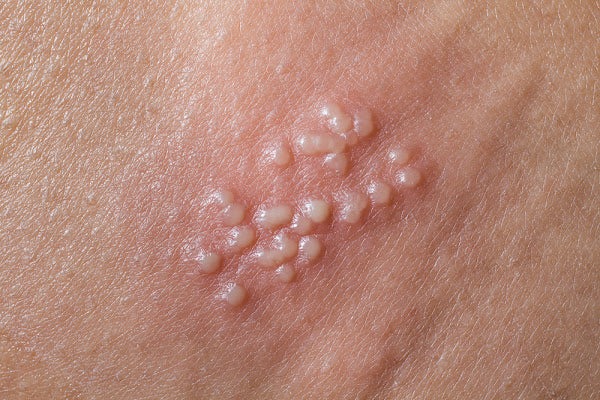Mild, recurring irritation or sensitivity in the lower body can sometimes signal a common viral condition caused by the herpes simplex virus (HSV). Many people overlook these sensations or assume they stem from allergies or stress, yet awareness and timely consultation with a healthcare provider are key to effective care.
HSV infections are among the most widespread viral conditions globally. While they may occasionally cause discomfort, most people experience long, healthy lives with proper knowledge and management. This guide explains what HSV is, how it is transmitted, and the best ways to protect your health and peace of mind — all based on trusted medical research, written in neutral, educational language.
What Is HSV?
The herpes simplex virus exists in two main types. HSV-1 typically affects the mouth or surrounding area but can also appear elsewhere. HSV-2 more often involves the lower body. Once a person contracts the virus, it can remain inactive for long periods and occasionally reactivate. Modern treatment greatly reduces its impact.
How Common Is It?
According to the Centers for Disease Control and Prevention (CDC), roughly 1 in 6 adults in the United States carries HSV-2, while the World Health Organization (WHO) estimates that more than 400 million people worldwide live with the condition. Because symptoms may be absent or very mild, many people are unaware they have it — which is why public education and open conversation matter.
How It Spreads
Pictures of Viral Skin Diseases and Problems – Herpes Zoster
HSV passes primarily through close skin contact with someone who already carries the virus. Transmission can occur even when there are no visible signs. It is not spread through shared objects such as towels or seats, since the virus does not survive long outside the body.
Risk factors include:
Close physical contact without protection
Having a partner who already has HSV
Reduced immune defense due to illness or medication
Understanding these factors helps individuals take simple, effective precautions.
Possible Indicators
Some people notice short-lived irritation, mild sensitivity, or tingling sensations in the affected area, particularly during the first episode. Later recurrences, if any, tend to be less noticeable and shorter. Triggers can include stress, fatigue, or hormonal changes. Because the signs resemble other common skin conditions, medical evaluation is the only reliable way to confirm HSV.

Leave a Reply